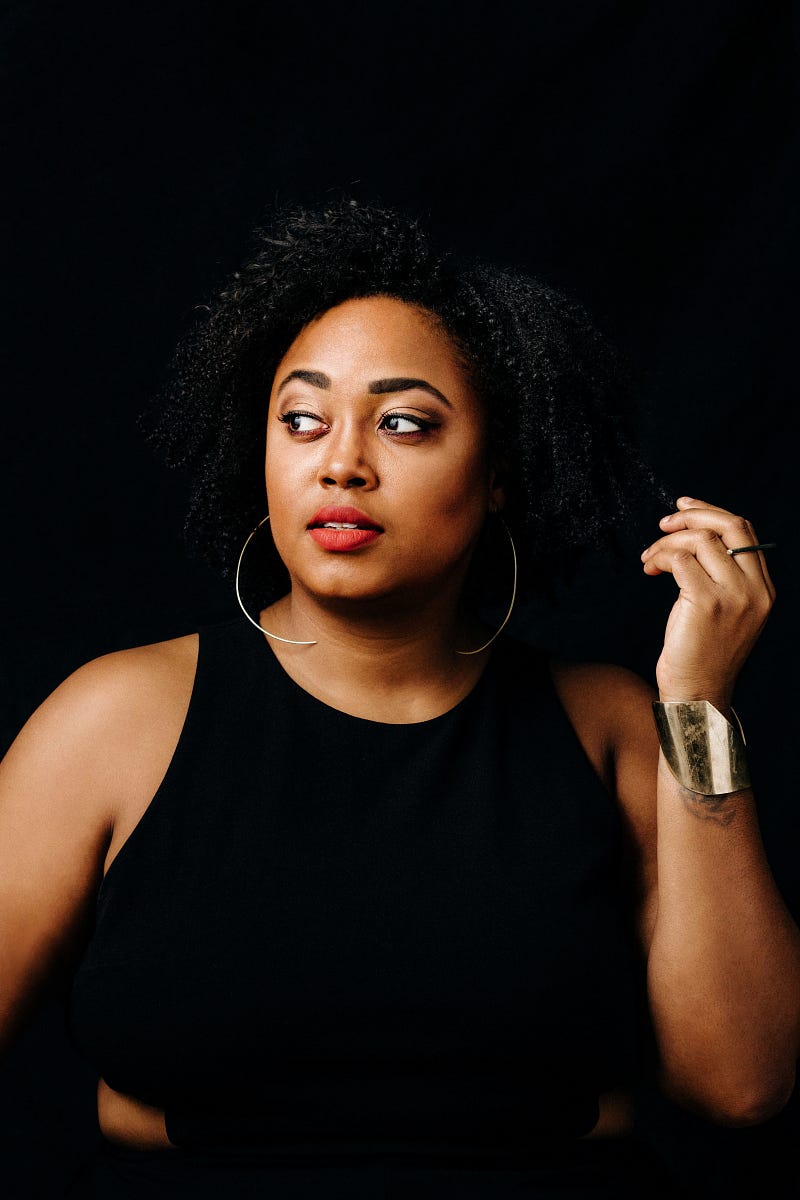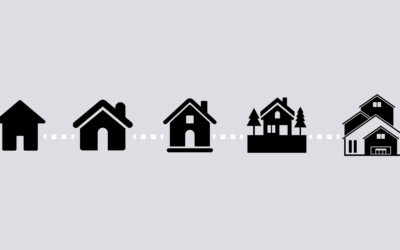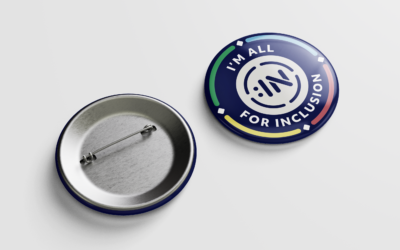This interview is part of our Empowered Women series in partnership with FREE THE WORK, The 3% Movement, The Female Quotient, and TIME’S UP Foundation — a coalition effort to champion more equal and accurate representation of women leading at work, at home, in their communities and beyond. Read more about this initiative here and download images from the Empowered Women collection here.
Kai Deveraux Lawson is the Global Director of Talent Partnerships at WPP. She uses her life long passion for culture and nearly a decade of experience in advertising to tell honest stories that shed light on the need for Diversity and Inclusion in the workplace. Her experience led her to launch the Mixed Company Podcast and her blog, Mylifeofkai.com.
We spoke with Kai to learn more about her work, what she sees as the biggest opportunities to create more inclusive workspaces, and what inspires her as she looks to the future.
Hi Kai! Tell us about yourself — how did you get to where you are today? How did you enter the advertising world?
I literally fell into advertising, right after I graduated from college. My initial intention was to go into the music industry, but the universe had other plans. About a week after graduation, I received a call from Wunderman asking if I would be interested in a Junior Project Manager position. At the time I knew nothing about advertising, and nothing about Project Management. All I knew at that time was I was interested in managing things and I needed to pay these student loans I had just acquired. And from there the rest is history.
My role today is an extension of my advocacy work through my podcast Mixed Company. The work I’ve done to speak truth to power on behalf of my fellow underrepresented advertising professionals put me in a position to create a greater impact working directly with WPP.
As the Global Director of Talent Partnerships at WPP, what does a day on the job look like for you?
My day to day varies, but much of my time is spent working directly with our People team employee resource groups. I work to establish new relationships and connect them to resources and communities within our network and across our industry.
A couple of the initiatives I’ve spearheaded include the WPP Task Force to Improve the Black Employee Experience, and Professional Coaching initiative for Mid-Level Talent. Both focus on creating professional environments that allow our often overlooked employee communities to be their best selves and thrive.
With nearly a decade of experience in the ad industry, you have been recognized as a trailblazer and leader shedding light on the critical need for diversity and inclusion in the workplace. What do you see as some of the biggest opportunities to drive real, meaningful change and support the rise of more women and people from underrepresented communities in leadership right now?
Right now, I think our biggest opportunity to create more inclusive workspaces is going to come from going back to the basics of problem solving. When people are telling you they’re underpaid as an underrepresented group, they are asking you to PAY THEM. When someone tells you they want more opportunities that are traditionally unavailable to them due to systemic oppression, they just want you to give them the opportunities they deserve.
Underrepresented groups are not asking for studies, or trainings, or panels. They are asking for explicit action and it is in our best interest to oblige if change is our true goal.
In addition to your work in the ad world, you launched the Mixed Company Podcast and your blog, Mylifeofkai.com, where you share your first hand experiences in life, travel and career from the perspective of a millennial woman of color. What was the catalyst that led you to launch these platforms?
The podcast and the blog launched separately but for similar reasons — self expression. For the podcast, my co-hosts and I needed a place to tell our stories about working in advertising in a way that wouldn’t be censored or judged. If I’m honest, when we started the show we were all really angry, resentful, and frustrated from having to cover our true selves in an industry that thrives on our culture and our physical manpower. We wanted to be as real about our experiences as possible and in a space that felt safe and impactful.
As for Mylifeofkai.com, it’s my open journal. It’s the place where I feel most comfortable sharing my thoughts on my work and life, which often doesn’t feel balanced. However, I also find it therapeutic to share these thoughts with my community. Every time I share a post and I receive a message from someone saying they’ve shared my same experience, it validates my feelings and inspires me to continue writing.
What are your thoughts on the power and importance of visual representation to help change the status quo and champion more women and people from underrepresented communities in leadership across industries?
I can say that visualization has always been the key to my own personal success. Even as a child I realized how important this was. When I was a little girl, I used to dance and the dance company I danced for was mostly white. Even as a young girl, I remember feeling so out of place. My hair was different from the girls in my classes, my skin was different, my family didn’t have money like the other families. I was completely out of place. But I kept dancing until I was 18 years old, because of a gorgeous, tall, kind, and super talented Black ballerina in the company, who I aspired to be just like. She was the lead in most of the shows, especially in the annual Nutcracker performance where she played the Sugar Plum Fairy. I would sneak to watch her performances and cheer her on from the sidelines, and imagine myself being in her ballet shoes one day. By just being herself, and being in the spotlight and killing it on stage, she made me believe I deserved to be front and center on the stage as well. She gave me the confidence of a superstar and ironically, she probably never even knew my name or her impact on me.
There have been a handful of other men and women throughout my life that inspired me in similar ways. It was because I saw a piece of myself in them, and studied how they navigated the world that I too felt confident enough to stand my ground and demand what I deserve. It’s because I could see them reaching their success, that I felt my success was attainable too.
When you look to the future, what inspires you and what initiatives are you currently most excited about?
I am excited about all of the new voices that are rising in this industry. From creative, to tech to inclusion it feels like there is a new wave of leadership. And this new version of leadership is refreshing because they’re not asking to lead. They’re flexing their audacity and influencing our industry in ways that are powerfully authentic and honest.
As for initiatives I’m excited about, I don’t have any. I get less excited about initiatives than I do with results. The results I’ve been impressed with most recently are the impacts resulting from 600 & Rising’s Call to Change letter. Those demands are currently being used to develop talent and inclusion strategies throughout the industry. And while I will be the first one to tell you that advertising has a long way to go before any of us deserve a pat on the back, I will say it’s amazing to see what a collection of underrepresented professionals can do with one letter.
What advice would you give to women who are currently navigating the path to leadership in their workplaces and beyond?
To continue to bet on yourselves, even when it feels uncomfortable. If you have something to say, say it and when you have an idea, execute it. You never know who’s listening and who’s watching and those listening and watching could be the key to your next opportunity.
How can people support the work you’re doing?
Check out Mixed Company Podcast and Mylifeofkai.com. And if you read or hear something you like, be sure to share it!

About The 3% Movement
Started to spotlight a huge business opportunity in advertising — the lack of female creative leadership and its impact on connecting with an overwhelmingly female marketplace — The 3% Movement has grown exponentially since its 2012 launch. Hosting events in 27 cities globally and offering consulting and certification programs that amplify creative cultures, 3% has helped drive the number of female creative directors in the U.S. from 3% to 29%.




